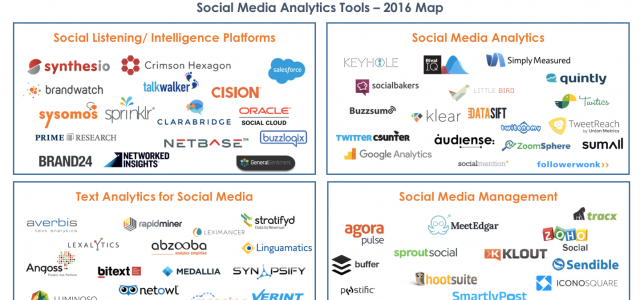One thing we’ve learned about humans is that we never learn. Since I began my marketing research career in the 1980s, I’ve seen many new ideas come and go. Some have not really been new but instead were modifications of older ideas. A few have been recycled again and again.
Some have been new to marketing research but well-established in other disciplines. In fact, it’s hard to find research methods that originated in marketing research – most have been adaptations of ideas developed elsewhere with other purposes in mind.
I have no qualms with that – our industry is still relatively new and small compared to most. Some methods, such as conjoint and brand mapping, have taken root and most marketing researchers have at least heard of them. It’s a good idea to keep our eyes peeled for things we can borrow and adapt to our industry.
In recent years, there has been a lot of talk about Big Data, AI and other computer science-related technologies. Neuromarketing, social media and numerous other new data sources and approaches have also caught a lot of buzz. However, much of the buzz in marketing research circles has historically emanated from the business schools or big companies. Business Process Improvement and Six Sigma are two examples. Agile, as used by computer scientists, is now many decades old, though in countless forms is quite new to marketing research. Some new developments have been positioned as disruptive, including Disruptive Innovation.
Elephants have been spotted in our room. Slipshod practices can be found in marketing research as, I imagine they can in just about any industry, including heavily-regulated ones. “Innovation”, unfortunately, can be used as an excuse to avoid getting one’s house in order. Some less-than-stellar researchers have learned to conceal their shortcomings by talking incessantly about new things. Given the importance of sales in marketing research, this isn’t surprising, and marketing researchers are always on the lookout for something new and shiny we can use to impress existing clients or get our foot in the door of a potentially new client.
Early in my career, I remember being advised by a senior marketing researcher that clients seldom have the research acumen to be able to distinguish high-quality research from mediocre or even poor research. This was not said in a cynical way, more out of exasperation with a bit of “wise up, kid” hidden between the lines. Some of my veteran contacts say little has changed in this regard and may have worsened. There is bad practice in marketing research that is now almost standard practice. However, it’s not just us – this three-minute spoof about what goes on in medical research is a blast but, at the same time, quite sobering. Watch it, and things won’t be the same the next time you see your doctor.
A lot of precious time, energy and budget seem to be wasted chasing fads that wind up as dead ends or at least do not live up to expectation. In fact, I spend a lot of my time reading about nonsense because I don’t want to be caught off guard if asked about it. There is the occasional diamond in the landfill too, and I don’t want to overlook innovations that are worthy of the term. Innovation is not synonymous with BS – we’re headed in that direction I fear, but, fortunately, are still a few stops away.
It will be interesting to see if the easier availability of data and myriad of new ways to analyze it will create a more scientific management culture. Professor Michel Wedel, a true thought leader on marketing data and analytics, senses this. See Marketing Analytics for Data Rich Environments for his views on how Big Data will change marketing and marketing research in the not-too-distant future.
Fads, fashion and buzz…None of this is new. See The 8 Stupidest Management Fads of All Time for some bad ideas that were once THE thing. The Halo Effect: . . . and the Eight Other Business Delusions That Deceive Managers by Professor Phil Rosenzweig is one business book I would recommend to anyone. It exposes the weak reasoning and, in some cases, fraud of business gurus that has fooled many of us, C-Level included.
Chin up, it’s in the genes. We are herd beasts, as Mark Earls details in another must-read, Herd: How to Change Mass Behaviour by Harnessing Our True Nature. (To prove its point, the book went on to become a bestseller.) We don’t want to be left out. And let’s face it, if a new idea really does work as promised, we’ll lose face if we’ve ignored it and might also have lost out on a terrific opportunity. There is safety in numbers and this is part of our evolutionary heritage. In a one-on-one bout against most other large predictors we wouldn’t last a round…but we have learned how to tame lions and they haven’t learned how to tame us.
Caveat emptor, though. We can also charge off a cliff and need to become smarter in our conformity. Mark was also a guest on the MR Realities audio podcast series I co-host with David McCaughan. In a lively and fun discussion, he offers great advice on how we, as marketing researchers, can become smarter consumers of marketing research products and services. Here is the link (no registration is necessary).
Let’s be sure to look before we stampede!
Article by channel:
Everything you need to know about Digital Transformation
The best articles, news and events direct to your inbox
Read more articles tagged: Featured, Marketing Analytics







